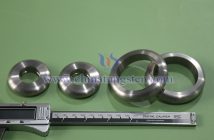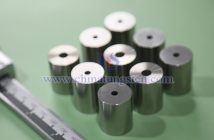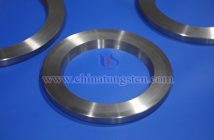Using tungsten wire to heat glass is usually used in laboratories or small process scenarios (such as glass tube sealing, wire drawing or local forming) because tungsten wire can provide high temperature and local heating. The following are typical steps for heating glass with tungsten wire:
1. Preparation:
Choose glass: Confirm the type of glass (such as borosilicate glass or quartz glass) and ensure that its heat resistance is suitable for tungsten wire heating (tungsten wire can reach more than 2000°C).
Clean glass: Wipe the surface of the glass with alcohol or other solvents to remove oil and dust to prevent defects during heating.
Check the tungsten wire equipment: Make sure the tungsten wire is intact, fixed on an appropriate heating device (such as an electric heating wire furnace or a manually operated tungsten wire heater), the power supply is stable, and the current is controllable.
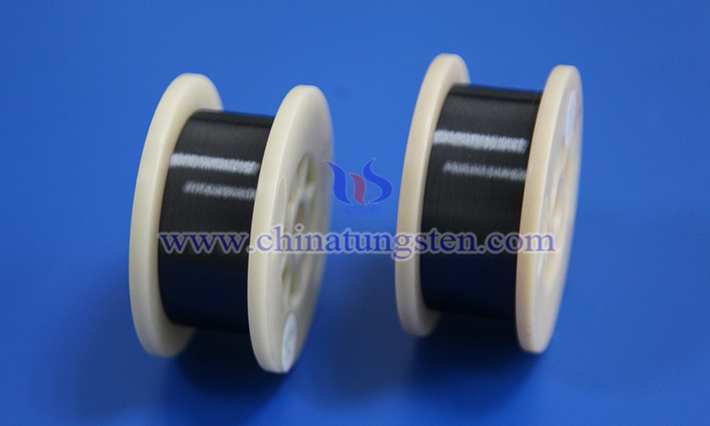
2. Set the Heating Environment:
Protective atmosphere (if necessary): Tungsten wire is easy to oxidize at high temperature, and it needs to be operated in an inert gas (such as argon, nitrogen) or vacuum environment to prevent the tungsten wire from burning.
Positioning glass: Place the glass in the tungsten wire heating area and ensure that the heating part is aimed at the target area (such as the end of the glass tube or a specific forming point).
3. Preheating Glass:
Slowly power on: Gradually increase the current to slowly heat up the tungsten wire (avoid instantaneous high temperature causing thermal shock to the glass).
Uniform preheating: Bring the glass close to the tungsten wire and keep a certain distance (usually a few millimeters to 1 cm) to allow the glass surface to be gradually heated to prevent cracking due to excessive temperature difference.
Rotate or move the glass (if applicable): For glass tubes or rods, rotate slowly to ensure uniform heating.
4. Heating to the Target Temperature:
Adjust the current: Control the tungsten wire temperature according to the glass type and process requirements. The softening point of ordinary borosilicate glass is about 600-800°C, and quartz glass needs to be higher (about 1600°C).
Observe the state of the glass: When the glass starts to turn red or soften (flowing), it means that the working temperature has been reached. Avoid overheating that may cause deformation or bubbles in the glass.
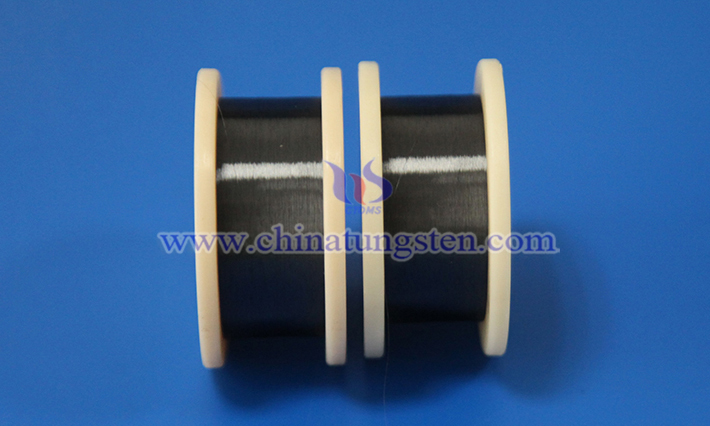
5. Processing or Forming:
Execute the process: Perform sealing, stretching, blowing or bending operations as required. For example, when sealing a glass tube, align the two ends and fuse them under the heating of the tungsten wire.
Keep it stable: Keep the glass stable during operation, and use clamps or hand tools to assist if necessary.
6. Cooling Stage:
Gradually cool down: Slowly reduce the tungsten wire current, gradually reduce the heat input, and let the glass cool naturally to room temperature.
Annealing (if necessary): If the process requires the elimination of internal stress, place the glass in an annealing furnace (about 450-550°C, depending on the type of glass) and slowly cool it according to the annealing curve.
7. Post-Processing:
Check the quality: Check whether there are cracks, bubbles or uneven fusion in the heated area.
Cleaning and trimming: Grind the edges or wash the surface if necessary.

